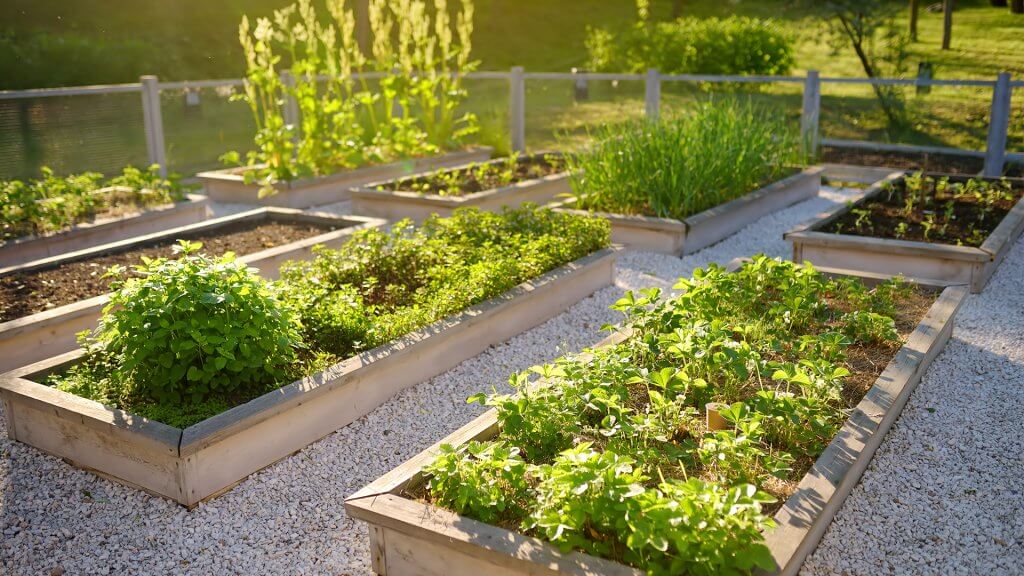How Do I Design A Garden With A Combination Of Formal Topiaries And Herbaceous Perennials?
Nature has always been a source of inspiration for humans. We love to contemplate its beauty and incorporate it into our living spaces. There's no better way to do so than through a garden! The art of garden design is an age-old tradition that has been passed down for centuries. It combines art and science to create beautiful and functional spaces that can be enjoyed by all. One of the most captivating aspects of a garden is topiary, which brings natural elements to life.

A topiary garden is a wonderland of lush greenery that is expertly sculpted into a wide variety of shapes, including animals, plants, and other objects. Imagine walking through a garden that features intricate topiary designs, complemented by stunning landscaping and the gentle murmur of flowing water. It's an immersive experience that awakens all the senses and feeds the soul.
The Art of Topiary
Topiary is more than just trimming a bush or shaping a tree. It's a delicate art form that requires skill, knowledge, and patience. The practice of topiary dates back to ancient Rome, where boxwood was used to create sculptures and decorative elements for gardens. Over time, the art of topiary spread across the globe, and today, it is enjoyed by gardeners and enthusiasts of all ages and backgrounds.
The Basics of Topiary
Topiary is the art of sculpting live plants into specific shapes. It is achieved by pruning, trimming, and training the plants over time. The most commonly used plants for topiary include boxwood, yew, and holly, but virtually any plant can be used, depending on the desired effect.
Tools of the Topiary Trade
To create a topiary, the right tools are essential. Some of the tools you'll need include:
- Pruning shears
- Hedge trimmers
- Gardening gloves
- Bamboo stakes
- Twine
- Topiary frame or template
Training the Plants
To create topiary, the plants first need to be trained. This involves pruning and trimming the plant to create the desired shape. In some cases, a topiary frame or template may be used to guide the pruning process. Once the plant has been trained, it will continue to grow, but will maintain its shape with periodic pruning and trimming.
The Benefits of Topiary Gardens
Topiary gardens offer an array of benefits, both aesthetic and practical. Here are just a few of the benefits of having a topiary garden:
Enhances Property Values
A well-manicured garden can increase the value of your property. Topiary designs add a unique and elegant touch that can make your home stand out from the crowd.
Creates a Relaxing Atmosphere
Research has shown that spending time in nature can have a positive impact on mental health. A topiary garden is the perfect sanctuary for relaxation and meditation. The lush greenery and calming atmosphere can help to reduce stress and anxiety.
Adds Depth and Texture
Topiary designs add depth and texture to your garden. They can be used to break up large spaces, create focal points, and add visual interest.
Encourages Creativity
Topiary is an art form that encourages creativity and self-expression. You can craft designs that reflect your personality and style, showcasing your creative vision for all to see.
Tips for Creating a Topiary Garden
Creating a topiary garden may seem daunting, but with the right guidance, it can be relatively easy. Here are some tips to help you get started:
Choose the Right Plants
When selecting plants for your topiary garden, consider the climate, soil type, and sun exposure. Choose plants that are easy to shape and maintain, such as boxwood, yew, and holly.
Start Small
It's best to start small when creating a topiary garden. Begin with a few basic shapes and designs, such as spheres or cones, and gradually work your way up to more complex designs.
Use Templates
Templates can be a handy tool when creating topiary designs. They can help you to achieve precise angles and shapes, particularly when starting out.
Be Patient
Creating topiary takes time and patience. Plants need to be trained and trimmed over time to achieve the desired shape. Don't rush the process, and enjoy the journey.
In Conclusion
A topiary garden is a beautiful addition to any landscape. It can enhance the value of your property, create a relaxing atmosphere, and unleash your creative side. Topiary is an art form that requires skill, knowledge, and patience, but the rewards are well worth the effort. So why not give it a try and create your own topiary garden today?



